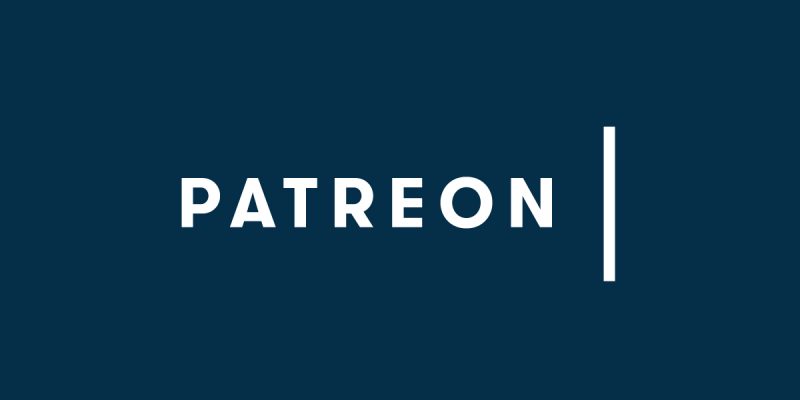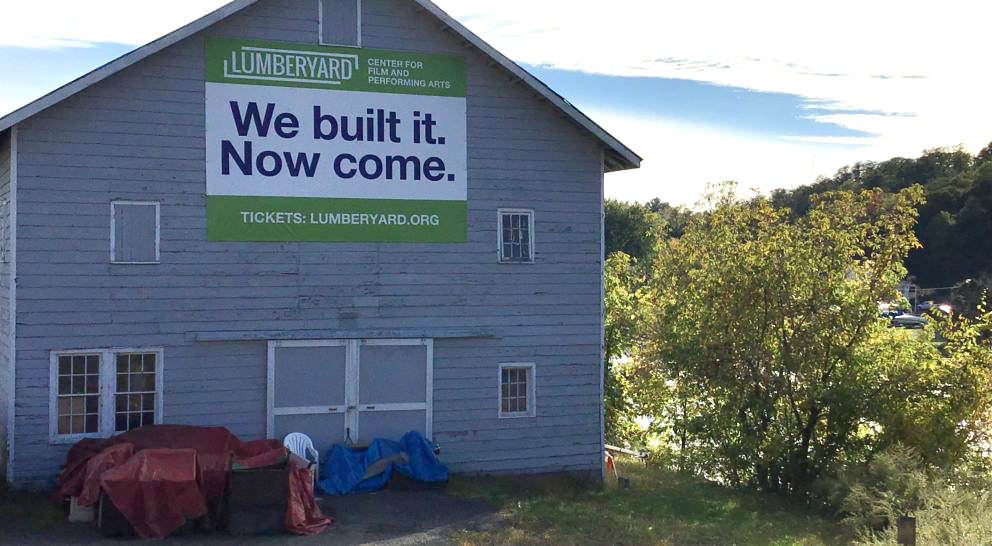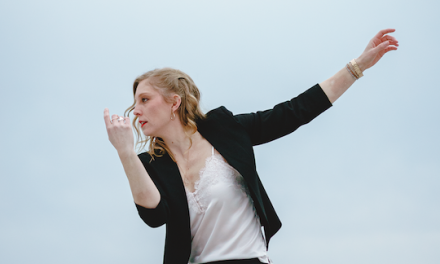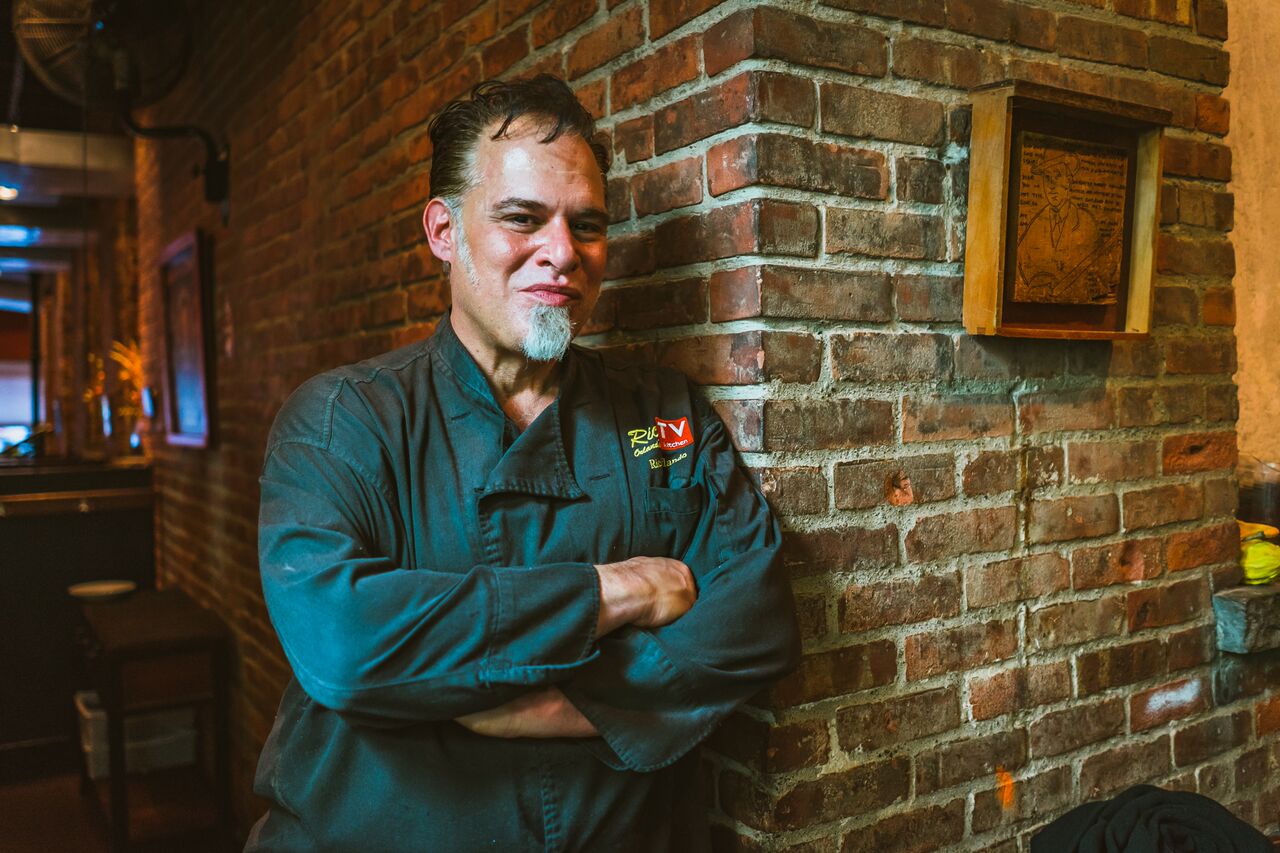The creative economy is changing. Freelancing is taking over industries and full-time creative careers are getting harder to find. For artists in the modern world, independence is key—not only creatively but financially—and lately they’ve turned to platforms like Patreon which allow them to operate on their own.
Patreon is designed to deviate from the crowdfunding model used by Kickstarter or GoFundMe which raise chunks of money for one-time events or projects by artists. Though still relatively unknown by pockets of the arts communities, the site has drummed up so much success for its highest earners that sites like Kickstarter Drip adapted their own versions.
The site is based on the age-old model of, well, patronage for the modern world. Instead of wealthy nobles providing a living wage for artists they admire in exchange for art, modern day creators receive monthly or project-based funding from a community of fans who give what they can, or subscribe to a payment “tier” in the amount of the artist’s choosing. There’s even that sweet tinge of exclusivity in the form of videos, access and merchandise designated to said tiers.
According to Graphtreon, a data-tracking site keeping an eye on Patreon’s audience and trends, Patreon hosts 137,115 creators (who have at least one patron) with an estimated monthly payout of over $12.5 million. As drool-worthy as that number looks, the takeaway for creators isn’t always as tenable as it appears. Popular artists and projects like “Chapo Trap House” ($122,928) and “Last Podcast on the Left” ($56,026) bring in some big monthly numbers, but that doesn’t guarantee the same will happen for all artists on the site.
Think pieces criticizing the site for perpetuating ideas that any artist can make as much as Patreon’s highest earners—or can “double their income annually,” as the site’s about page reads—seem to pop up every year. Artists who found Patreon lacking in terms of artist discovery and promotion have felt frustrated with the slow and steady build of patronage. Those who hoped to make a secure salary from said patronage have expressed their dismay with an October 2017 study that less than 2 percent at that time (1,393 creators) were earning the federal minimum wage per month.
But many artists are ready to play the “long game” on Patreon for (at the very least) some steady pocket money instead of putting their art on the backburner.
Artists like Albany singer-songwriter Arielle O’Keefe, a.k.a. Girl Blue, are putting in hours of work each day with the goal of making a living from their art.
O’Keefe was drawn to the site after seeing creators like Kina Grannis, a former YouTube musician, who made Patreon her label and brings in nearly $2,000 per month. She studied Grannis and other artists who are making the site work for them, saying that if she was going to commit to using Patreon as a supplemental income source for her career, she was going to go full-tilt.
“It’s hard, but it’s good,” O’Keefe says. “I’m also aware a lot of people still don’t know what this is so it’s been slow building. Honestly, it’s the best, as far as the future of music goes, at giving me moments where I can see how I’m establishing real relationships with people.”
O’Keefe has spent the past year building a stronger fanbase, and solid side income, having reached 61 percent of her $500 per month goal. She says maintaining the site, where she posts exclusive demos and performances for her patrons each month, has kept her accountable in terms of creating a regular stream of content—whether or not it’s a perfect song or set. It’s helped challenge her to explore new ways of writing and recording on a time crunch.
“With certain people, I’ve understood that I have a true fan now,” she explains. “Somebody who is messaging and who is interested and is applying to all the stuff. This just happened actually…Someone who was a patron of $5 and had been for months and months. One day he messaged, ‘Thank you so much for everything you’re putting out. I’m upping my patronage to $20 because I’m so glad I get to support this.’”
That kind of support has helped O’Keefe achieve projects, including an upcoming live album set for June, and continue to strive for more creative growth without breaking the bank.
“It’s like, ‘Holy shit, I can do this,’ where last year, I had to make a CD and a bunch of merch and it just drained my savings,” she says. “It was $10,000 gone. To have this here forces you to be really in touch with what you have and the means in which you can operate, which is good because I think limitations are good for creativity, but then you have these little gifts that can help you along the way. But I’m just trying to work within my means.”
With help from sites like Patreon, musicians can escape the drudge of the industry that so often seems to send potential talents running. Artists understand they don’t need to pay thousands to record an album in a professional studio to make a good project with a following. They don’t necessarily need to hire representation to achieve their creative goals. Direct support from fans has helped artist rely on themselves in order to do their most interesting work.
“People will still come up to me after a show and say, ‘This person got signed, so will you,’ or ‘It’ll happen for you one day,’” O’Keefe says. “I’m standing there like, ‘It is happening for me! I’m doing exactly what I want.’”
O’Keefe isn’t the only ones to benefit from the Patreon model. Local singer-songwriter Sean Rowe, for example, currently pulls $759 per month from his 110 patrons for his music and wilderness foraging video series “Can I Eat This?” Writers, illustrators, poets and other creators in the area have also found parallels in sharing content, getting feedback and being fairly paid for their work.
Capital Region poet and author D. Colin is a newcomer to the Patreon scene but says she was drawn there because the site made it easier for her to maintain the value of her work.
“For a long time I was posting poems on my Facebook page as I wrote them, but when I submitted them to publications they wouldn’t run them because they were technically already published,” Colin explains. “Sharing a poem on Patreon is different…it’s an exchange.”
Sharing bits and pieces of her work with private patrons through her site, Colin hopes, will allow the artist to explore her creative process through the feel of a social media platform while still being able to pitch said work to publications. Though her page is still young, she also hopes to soon have regular feedback from her patrons.
Community groups and collectives also find it helpful to share their work on an additional platform that can earn some pocket change.
Power Breakfast, the Capital Region community support group dedicated to creative, personal and entrepreneurial growth, recently started up their Patreon site to help curb the $60-$120 monthly cost of snacks and coffee for their Tuesday morning meetings that often gather more than 50 people.
Group administrator Jamel Mosely said they have even seen regular contributions from out of state followers or those who can’t always make the 6:30 a.m. meetings around Troy, in support of the Power Breakfast mission.
“They’re still inspired by us and interact with us through the Facebook group which is at about 1,100 people now to where they’re like, ‘I’ve benefited from this group so much I want to be able to contribute in some way. Since I can’t be there in person, I’m gonna give.’ Sometimes it’s even $1 a month so that’s pretty cool, to see people who can’t even make Power Breakfast contribute,” he says.
Mosely says as their site continues to grow, the group will put the community-driven funds right back into the community, explaining that Power Breakfast has been asked to contribute to fundraisers and causes like the Baby Institute of Albany when they can.
“It would be nice to invest in something that could make money for the community because we’re not looking for a dollar off of anything,” he says. “We all have our own jobs, but this has been a good supplemental income for the community. People will easily pay $5 a month to support this kind of community that we’ve helped build.”
Patreon has provided local artists and organizers a place to foster a fanbase and community in a consistent and secure way that keeps artists accountable for creating and exploring their art.
“It’s not something you can put up in 30 days, get your money and go,” O’ Keefe says. “It’s a monthly subscription so you’re constantly having to keep up with it. This has forced me when I don’t feel motivated, or I don’t feel that it’s good enough…It’s super important for people who make art to have people see and hear and respond to it. It’s quality, in that it gets better over time, but also I’ve learned to just let it go and keep working on the next thing.”





